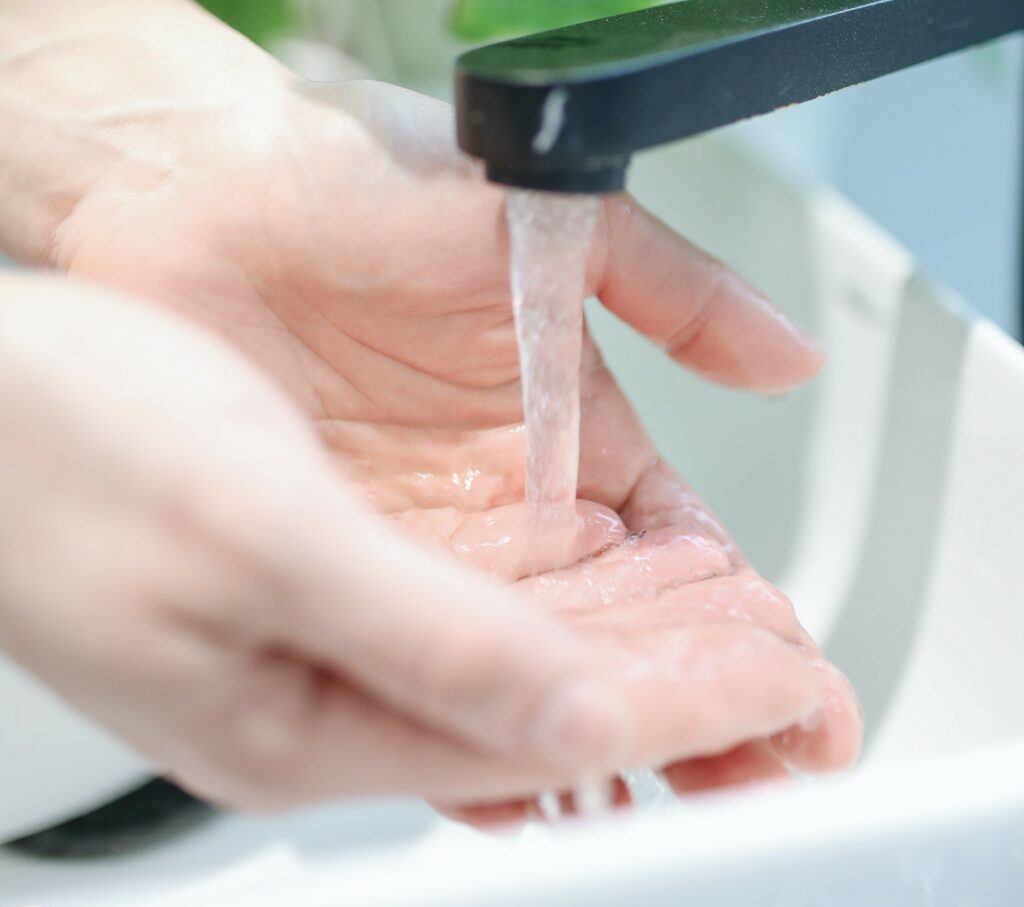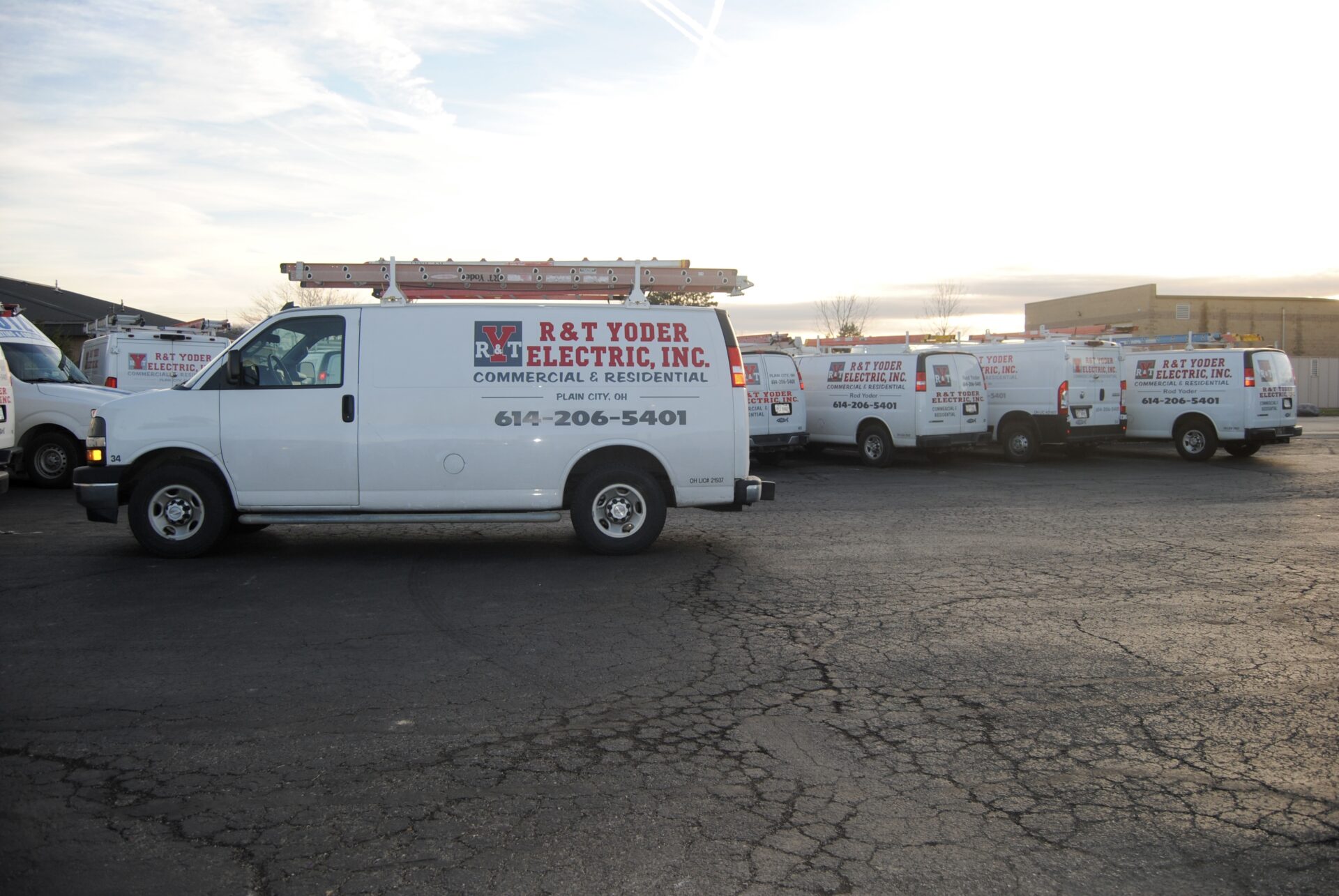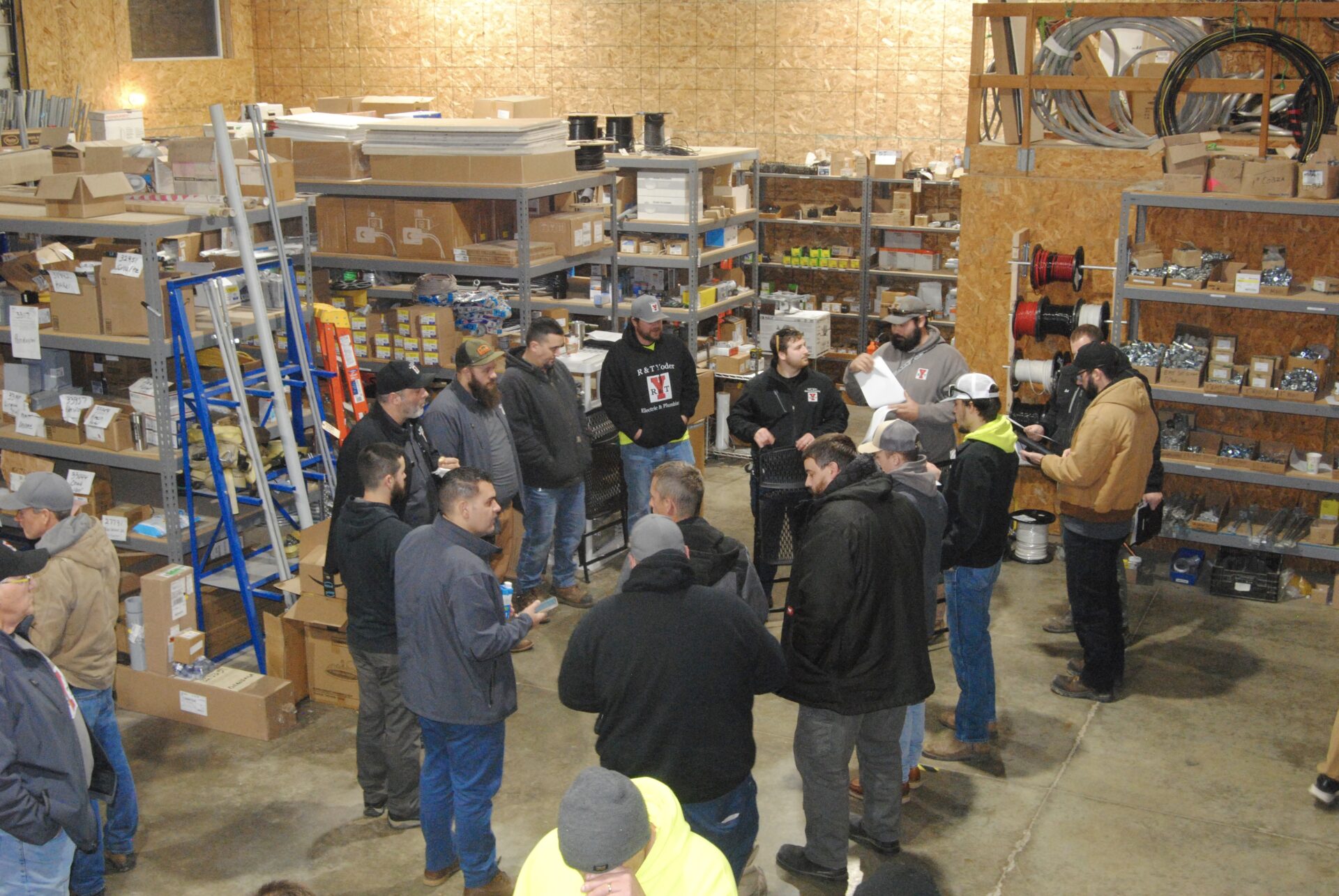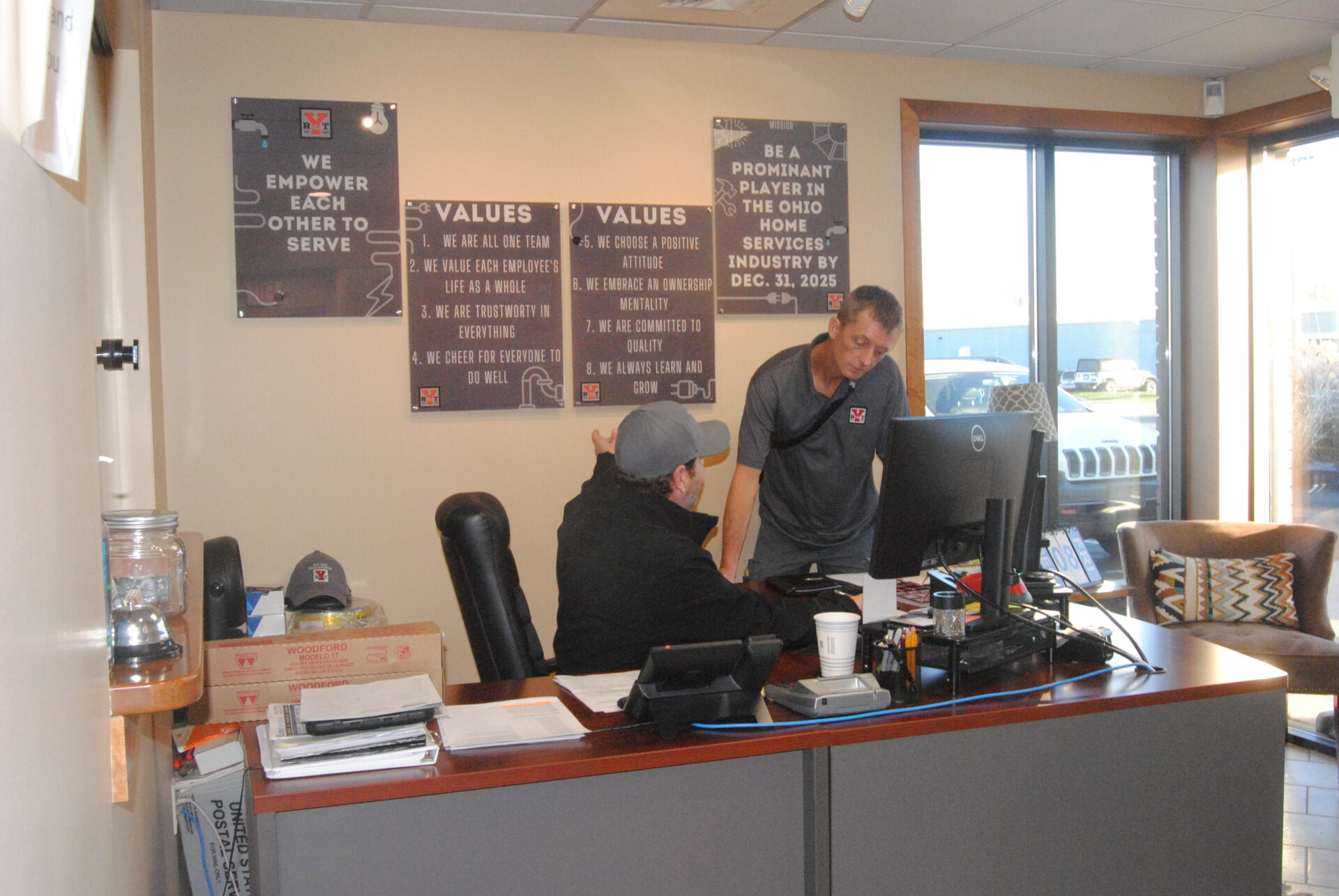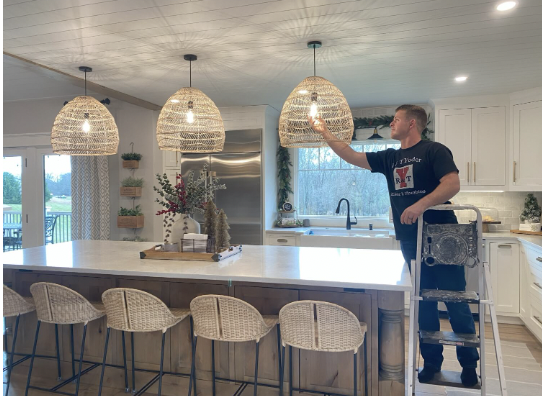A water heater is more than just a convenience; it’s a major contributor to your home’s energy bill, accounting for about 18% of total household energy usage. But while enjoying a warm shower or washing your dishes, have you ever considered the cost of setting the water heater temperature incorrectly? Setting it too high could spike your energy bills and even risk scalding burns. Too low, and you risk bacterial growth, including dangerous diseases like Legionella. Today’s blog post will help you discover the optimal temperature for your water heater and address common issues you might face.
Ideal Temperature Recommendations and Health Risks
The Environmental Protection Agency (EPA) recommends a water heater temperature setting of 120 degrees Fahrenheit. This level is a middle ground that minimizes health and safety risks. Setting it below this recommended temperature could lead to bacterial growth, like Legionella, which can be extremely dangerous. On the other side, temperatures higher than 120 degrees not only increase your energy bills but also pose a risk of scalding. To avoid these potential pitfalls, Yoder Plumbing can help you assess and adjust your water heater settings to ensure both safety and efficiency.
Factors That Influence the Ideal Water Heater Temperature
Contrary to popular belief, the type of plumbing or the heating method used does not significantly influence the ideal water heater temperature. What really matters are the appliances you have and the members living in your household. For instance, if your dishwasher doesn’t preheat water, you might consider setting the heater to 140 degrees. For households with elderly members or small children, a safer 120-degree setting is advised. And if someone in the home has a suppressed immune system, a higher temperature around 140 degrees is recommended. Remember, lowering your water heater by just 10 degrees could save you between 3% to 5% on energy costs. For a tailored recommendation, consider reaching out to Yoder Plumbing to evaluate your unique situation.
Solutions to Common Hot Water Tank Problems
If you’re facing issues with your hot water, solutions like a hot water tank booster can help. It keeps your water at a high temperature in the tank but mixes it with cold water to lower the temperature before it reaches the tap, ensuring both safety and effectiveness. Another problem-solver is a hot water circulating system for larger homes, which prevents the water from cooling down before it reaches your tap. If you’re unsure about your current water heater settings, Yoder Plumbing can guide you on how to check it effectively.
Call Yoder Plumbing today!
In summary, the ideal water heater temperature is not a one-size-fits-all setting but should be adjusted based on EPA guidelines and your household’s specific needs. Factors such as appliances, household members, and your energy-saving goals all play a role in finding the optimal temperature. For personalized advice and solutions to any hot water tank problems, consult the experts at Yoder Plumbing.
Do you still have questions about the safest temperature for your water heater? Contact Yoder Plumbing today to learn more!

